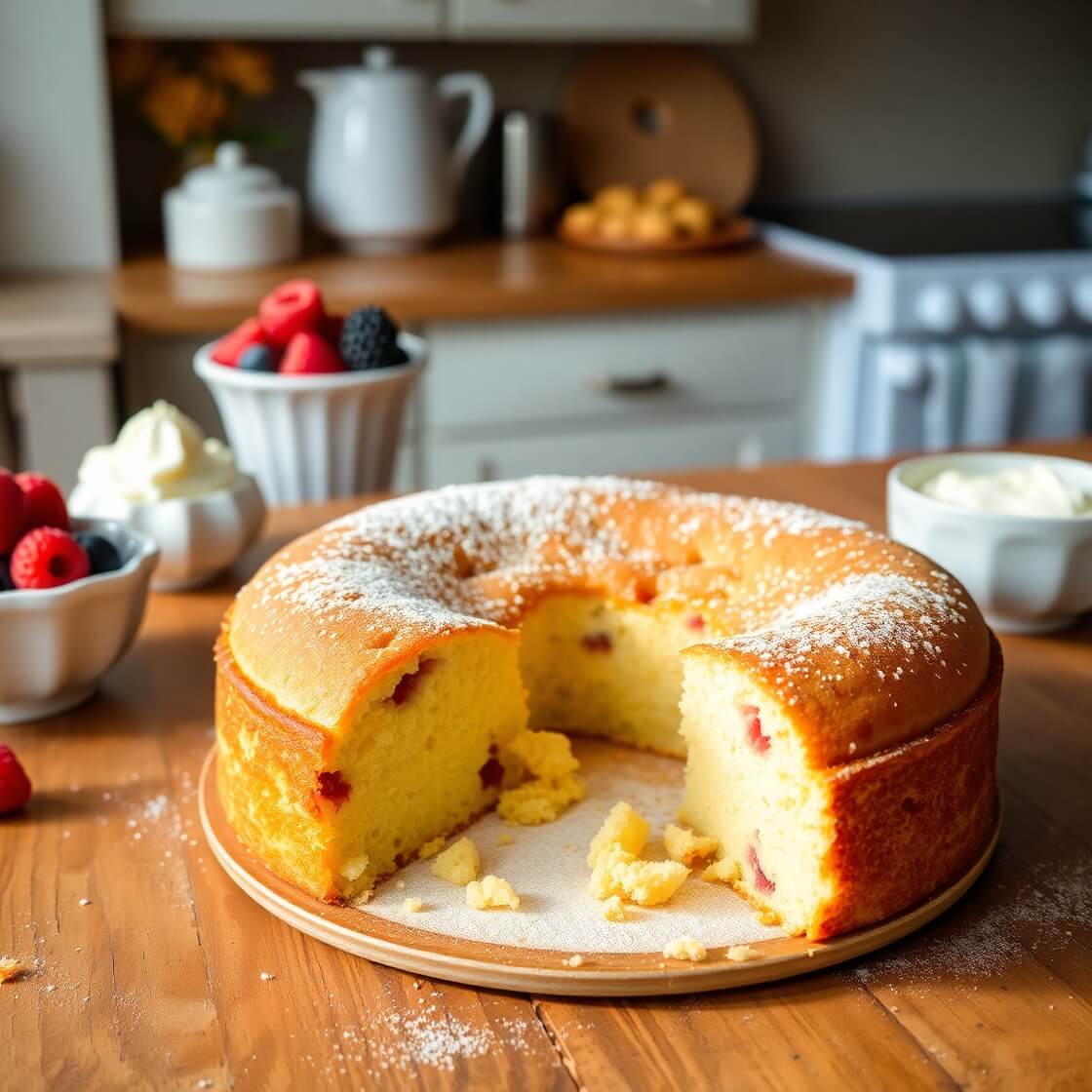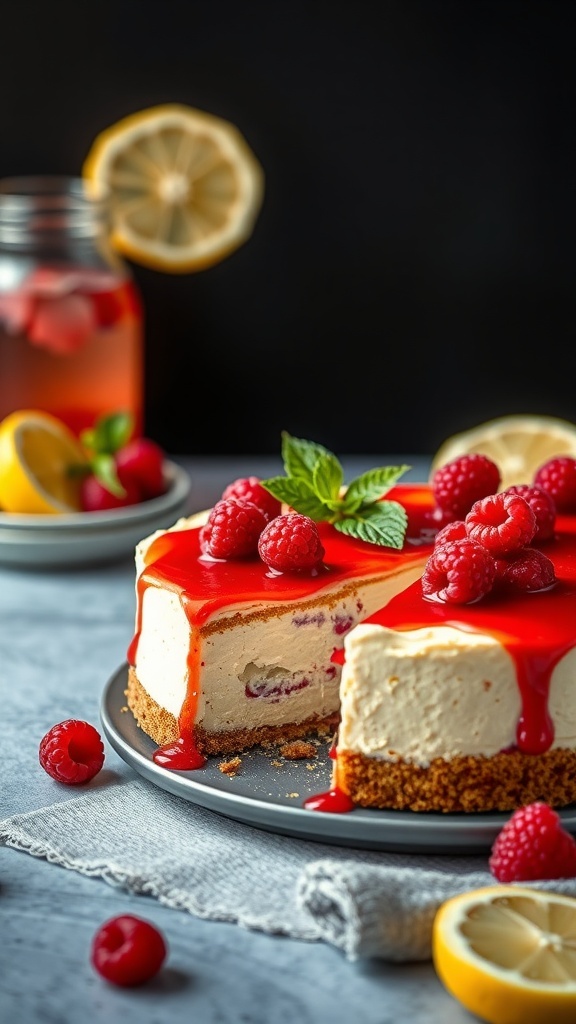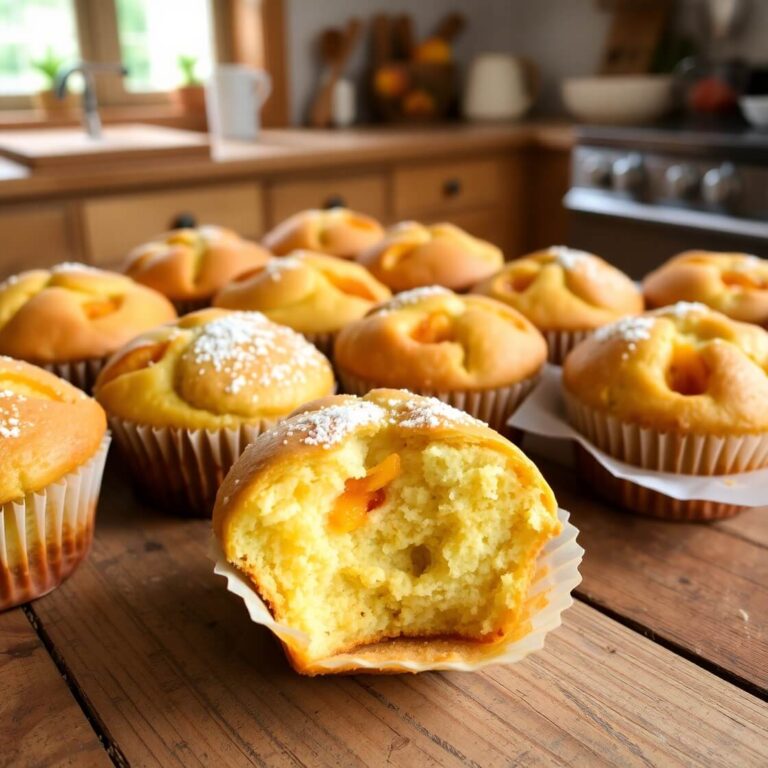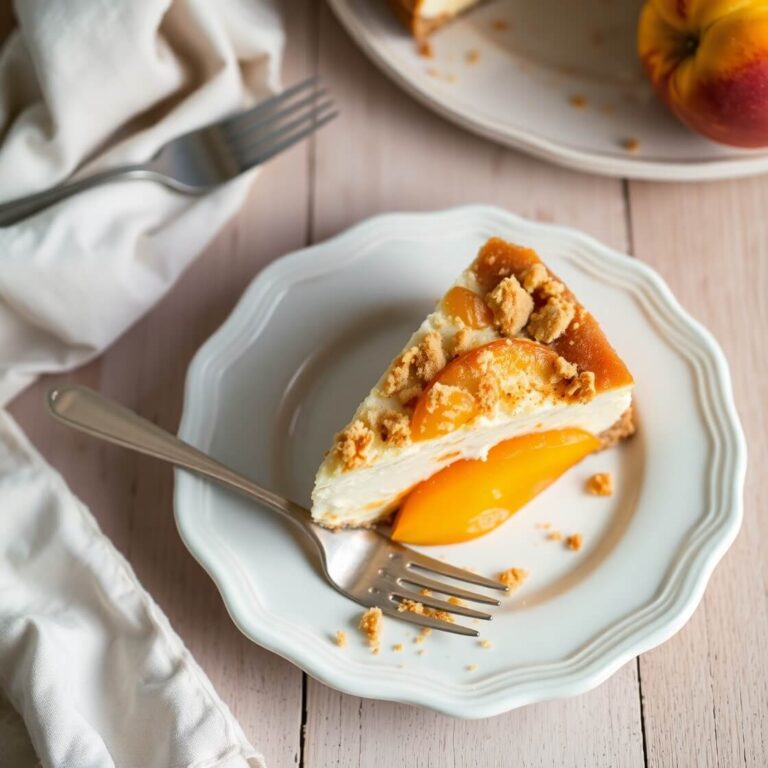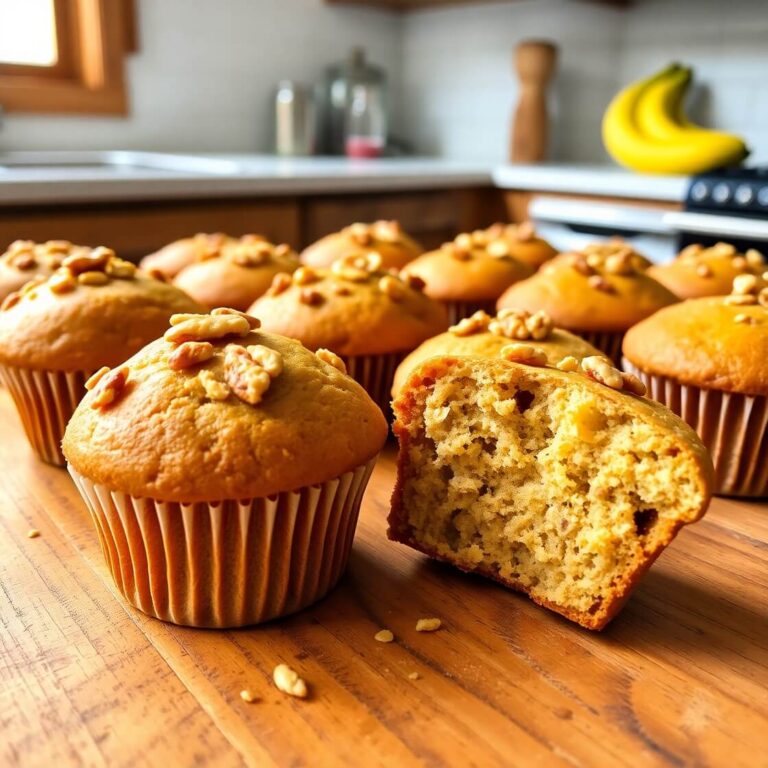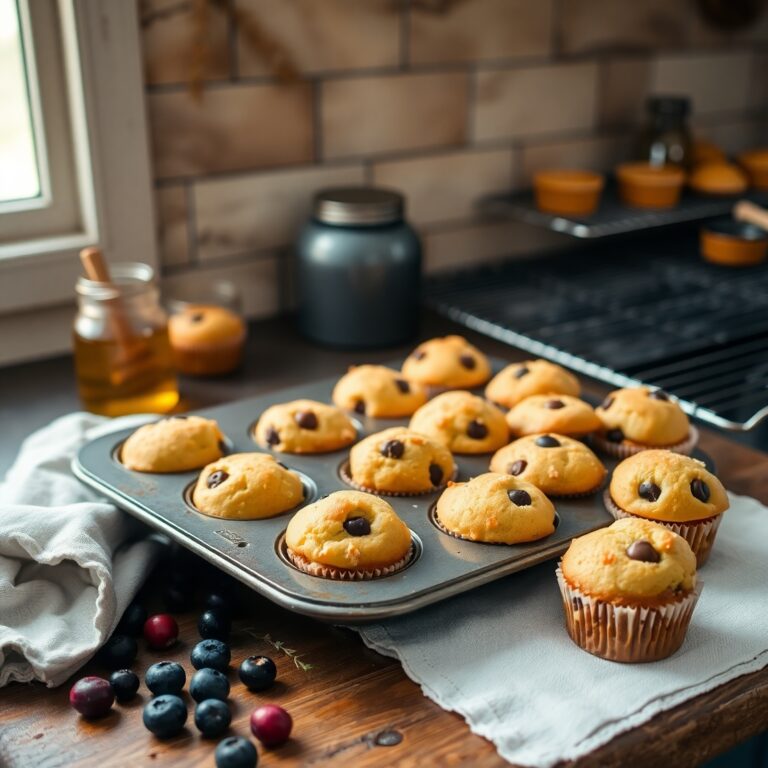French Butter Cake is a timeless classic that feels like a warm hug on a plate. I first came across this recipe during a cozy weekend baking session when I wanted something buttery, tender, and just a little indulgent. Unlike typical cakes, French Butter Cake has this wonderful rustic charm — crisp edges with a soft, almost custardy center. It’s simple yet elegant, perfect for any occasion, whether it’s a casual afternoon tea or a festive celebration.
This cake’s appeal lies in its rich butter flavor and delicate crumb that melts in your mouth. If you love buttery pastries and cakes that balance texture with deep flavor, this recipe is definitely one to try. Keep reading because I’ll walk you through everything you need to create this delightful cake that’s guaranteed to impress your family and friends.
Why I Love This Recipe
What sets French Butter Cake apart is its straightforward, no-fuss approach that yields incredible results every time. The magic lies in how the butter is incorporated and how it bakes to form a golden crust, contrasting perfectly with the soft and moist interior. The richness of the butter combined with just the right amount of sugar and a touch of vanilla makes it a comforting, yet sophisticated treat.
People often make this cake because it’s versatile and easy to adapt. It’s not overly sweet, which makes it ideal for pairing with fresh fruits, jams, or a simple dusting of powdered sugar. This cake doesn’t require any fancy ingredients or complicated techniques, yet it feels special — like something you’d find in a French bakery.
Every bite offers a beautiful balance of flavors and textures: buttery, tender, with a lightly crisp top. Plus, it fills your kitchen with a heavenly aroma that is impossible to resist. I love sharing this recipe because it brings joy in its simplicity, and once you master it, you’ll find yourself making it over and over again.
Ingredients for French Butter Cake
To make this cake shine, you need simple, quality ingredients. The recipe revolves around the richness of butter, so it’s important to choose good unsalted butter. Fresh eggs and pure vanilla extract contribute to the delicate flavor. All-purpose flour provides structure, while a little sugar adds just the right sweetness.
Here’s what you’ll need:
- Unsalted butter, softened — this is the star ingredient that gives the cake its tender crumb and buttery flavor.
- Granulated sugar — balances the butter’s richness without overpowering.
- Eggs — they bind the ingredients and help create the moist texture.
- Pure vanilla extract — adds a subtle aroma and depth to the cake.
- All-purpose flour — gives the cake structure and lightness.
- Baking powder — helps the cake rise slightly, giving it a tender crumb.
- Salt — enhances all the flavors and balances sweetness.
I always recommend weighing your flour for accuracy or sifting it to avoid lumps and ensure a light cake texture. The simplicity of these ingredients means the quality of each makes a difference. For instance, using European-style butter can intensify the flavor and richness.
How Much Time Will You Need
One of the great things about French Butter Cake is that it doesn’t take all day to prepare. You can have it ready from start to finish in just about an hour.
- Preparation time: 15 minutes — mostly to soften butter, measure ingredients, and mix.
- Baking time: 35 to 40 minutes — during which your kitchen will fill with a wonderful buttery aroma.
- Cooling time: 10 to 15 minutes — enough to let the cake set and develop flavor before slicing.
This recipe is perfect when you want something special but don’t have hours to bake. It’s ideal for beginners or anyone who appreciates quick yet elegant homemade desserts.
How to Make This French Butter Cake

Step – 1: Preheat your oven to 350°F (175°C). Grease a 9-inch round cake pan or springform pan and lightly dust it with flour to prevent sticking.
Step – 2: In a mixing bowl, cream together the softened unsalted butter and granulated sugar until the mixture is pale, fluffy, and smooth. This step is crucial as it incorporates air, which helps the cake rise and develop a tender crumb.
Step – 3: Add the eggs one at a time, beating well after each addition. This ensures the eggs are fully incorporated, contributing to the cake’s moist texture.
Step – 4: Stir in the pure vanilla extract to the batter for a lovely aromatic base.
Step – 5: In a separate bowl, sift together the all-purpose flour, baking powder, and salt. This combines the dry ingredients evenly and removes any lumps.
Step – 6: Gradually fold the dry ingredients into the butter and egg mixture. Use a spatula and mix gently, just until combined. Avoid overmixing to keep the cake tender.
Step – 7: Pour the batter into the prepared pan and smooth the top with a spatula.
Step – 8: Bake in the preheated oven for 35 to 40 minutes, or until the top is golden brown and a toothpick inserted in the center comes out clean.
Step – 9: Remove the cake from the oven and allow it to cool in the pan for about 10 to 15 minutes before transferring it onto a wire rack to cool completely.
Following these steps carefully will give you that perfect buttery, tender texture and a beautifully crisp crust that makes French Butter Cake so special.
Substitutions
If you want to tweak the recipe or accommodate dietary needs, here are some substitutions that work well without sacrificing the essence of the cake.
- Butter: If you’re looking for a dairy-free option, you can use vegan butter or margarine. Make sure it’s a good-quality butter substitute that is firm and not too soft.
- Flour: For a gluten-free version, substitute all-purpose flour with a gluten-free baking blend that includes xanthan gum for structure.
- Sugar: You can swap granulated sugar with coconut sugar or a sugar substitute like erythritol if you want a lower glycemic option.
- Eggs: If you need an egg-free version, replace each egg with a flax egg (1 tablespoon ground flaxseed mixed with 3 tablespoons water, set to gel for 10 minutes).
Keep in mind that while these substitutions work, they may slightly alter the cake’s texture and flavor. For example, vegan butter might not give the exact richness of dairy butter, but it still results in a delicious cake.
Best Side Dishes for French Butter Cake
To elevate your serving experience, try pairing French Butter Cake with these side dishes:
- Fresh berries with a dollop of whipped cream — the tartness balances the cake’s richness beautifully.
- A scoop of vanilla or berry-flavored ice cream — adds a creamy, cold contrast.
- A drizzle of homemade fruit compote or jam — complements the cake’s buttery flavor and adds a touch of sweetness.
These simple accompaniments can turn your cake into a delightful dessert that’s both elegant and satisfying.
Serving and Presentation Tips
Serving French Butter Cake is almost as delightful as baking it. To make the experience feel special, presentation matters. I like to keep it simple yet elegant, highlighting the cake’s golden crust and tender crumb.
One great way to serve is to dust the top lightly with powdered sugar right before serving. It adds a subtle sweetness and a beautiful, delicate finish that’s instantly inviting.
If you want to add a touch of color and freshness, arrange fresh berries — such as raspberries, strawberries, or blueberries — around the plate or on top of the slices. The bright colors contrast beautifully with the buttery cake and enhance the overall visual appeal.
For a more indulgent presentation, drizzle a warm fruit compote, caramel sauce, or even a light glaze over the cake. Serve with a scoop of ice cream or whipped cream on the side for a decadent touch that guests will love.
Use simple white plates or rustic wooden boards for serving to keep the focus on the cake itself. A fresh sprig of mint or edible flowers can also add an elegant final touch.
Tips and Tricks to Make This Recipe Even Better
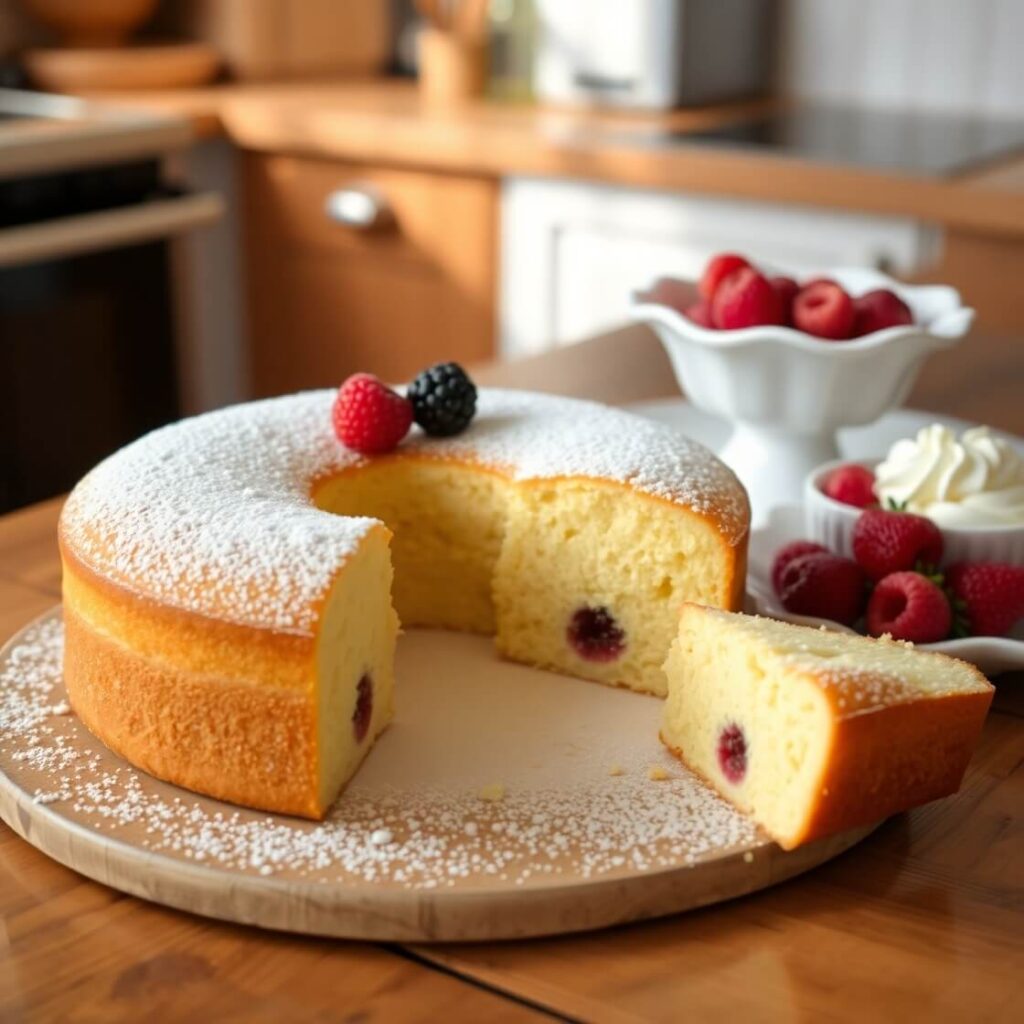
To get the absolute best results with your French Butter Cake, here are some tips and tricks I’ve picked up over time:
- Use room temperature butter: This allows for easier creaming with sugar and results in a lighter, fluffier cake. If your butter is too cold, the batter won’t combine well; too soft, and it can become greasy.
- Don’t overmix the batter: Once you add the flour, fold gently just until combined. Overmixing develops gluten and can make your cake dense instead of tender.
- Weigh your flour: For consistent results, measuring flour by weight is more accurate than by volume, which can vary and affect the cake’s texture.
- Use fresh baking powder: Old or expired baking powder can reduce the cake’s rise and affect texture.
- Let the cake cool properly: Cooling in the pan for 10-15 minutes allows it to set, then transferring to a wire rack prevents sogginess.
- For an extra touch, brush the top of the cake with melted butter right after baking to enhance the crust’s richness.
Common Mistakes to Avoid
When making French Butter Cake, there are a few pitfalls to watch out for:
- Using cold butter: If the butter isn’t softened properly, it won’t cream well with sugar, leading to a heavy texture.
- Overmixing after adding flour: Mixing too vigorously develops gluten, which can make the cake tough instead of tender.
- Underbaking or overbaking: Removing the cake too soon results in a gummy center; baking too long dries it out. Always check doneness with a toothpick.
- Skipping sifting of dry ingredients: This can cause lumps and uneven texture.
- Using too much flour or packing it into the measuring cup: This leads to a dry, dense cake.
Avoid these common mistakes to ensure a perfect, melt-in-your-mouth French Butter Cake every time.
How to Store It
French Butter Cake stores well and keeps its buttery softness for a few days when handled properly.
For short-term storage (1-2 days), cover the cake loosely with plastic wrap or place it in an airtight container at room temperature. This prevents it from drying out while keeping the crust somewhat crisp.
If you want to store it longer, wrap the cake tightly in plastic wrap and then aluminum foil, and place it in the refrigerator for up to 5 days. Before serving, allow the cake to come to room temperature or warm it slightly in the oven to restore softness.
For even longer storage, French Butter Cake freezes beautifully. Wrap it tightly in plastic wrap and then foil, and freeze for up to 2 months. Thaw overnight in the fridge and warm gently before serving.
Avoid storing it uncovered or in direct contact with air, as the cake will dry out quickly and lose its characteristic moist texture.
Frequently Asked Questions About French Butter Cake
Is French Butter Cake very sweet?
No, it’s pleasantly sweet but not overpowering. The recipe balances butter and sugar perfectly, making it a versatile cake that pairs well with both sweet and tart accompaniments.
Can I use salted butter instead of unsalted?
You can, but reduce or omit added salt in the recipe since salted butter contains salt. Unsalted butter gives you better control over the seasoning.
Can I make this cake dairy-free?
Yes, using vegan butter substitutes works well. Just ensure the substitute behaves similarly to regular butter in baking for the best texture.
Does this cake need frosting?
No, French Butter Cake is delicious on its own thanks to its buttery flavor and delicate crumb. But you can add powdered sugar, fresh fruit, or a light glaze if you want.
Can I make this recipe gluten-free?
Yes, replacing all-purpose flour with a gluten-free flour blend works, but the texture might be slightly different. Be sure to include a binding agent like xanthan gum if your blend doesn’t contain one.
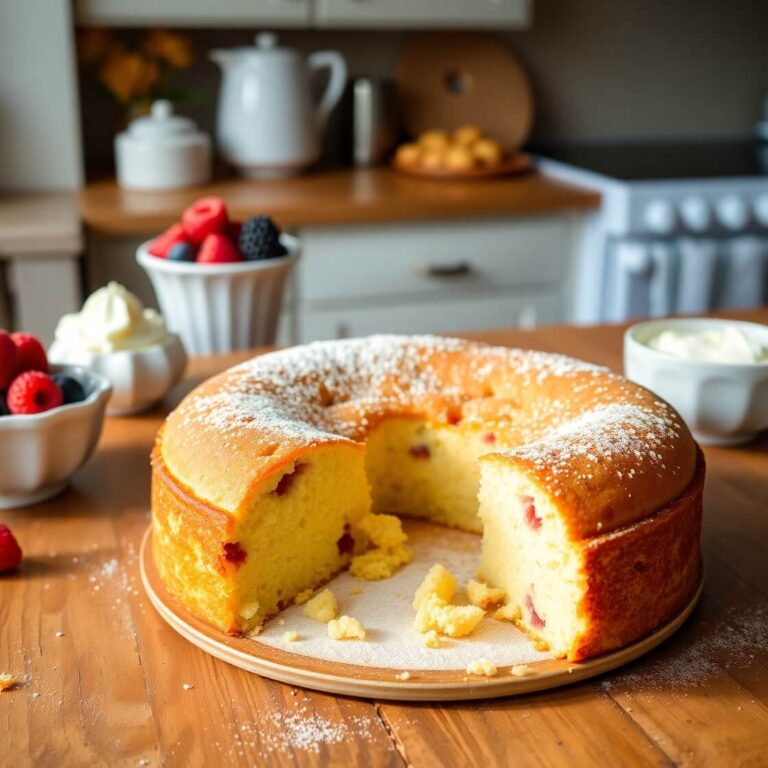
French Butter Cake
French Butter Cake is a simple yet elegant cake that highlights rich butter flavor and a tender crumb with a lightly crisp crust. Perfect for teatime or any occasion, it’s easy to make and delights with every bite.
- Total Time: 50–55 minutes
- Yield: 8
Ingredients
- 1 cup (227g) unsalted butter, softened
- 1 cup (200g) granulated sugar
- 3 large eggs, room temperature
- 2 teaspoons pure vanilla extract
- 2 cups (240g) all-purpose flour
- 2 teaspoons baking powder
- 1/2 teaspoon salt
Instructions
- Preheat oven to 350°F (175°C). Grease and flour a 9-inch round cake pan.
- Cream softened butter and sugar until pale and fluffy.
- Beat in eggs one at a time, then add vanilla extract.
- Sift together flour, baking powder, and salt.
- Fold dry ingredients into wet ingredients gently until just combined.
- Pour batter into prepared pan, smooth top.
- Bake 35–40 minutes until golden and toothpick comes out clean.
- Cool 10–15 minutes in pan, then transfer to wire rack.
Notes
- Use room temperature butter for easier creaming.
- Don’t overmix after adding flour to keep cake tender.
- Optional: dust with powdered sugar or serve with fresh berries.
- Prep Time: 15 minutes
- Cook Time: 35–40 minutes
- Category: Dessert / Cake
- Method: Baking
- Cuisine: French
- Diet: Vegetarian
Nutrition
- Serving Size: 8
- Calories: 370
- Sugar: 25g
- Sodium: 160mg
- Fat: 25g
- Saturated Fat: 15g
- Unsaturated Fat: 8g
- Trans Fat: 0g
- Carbohydrates: 33g
- Fiber: 1g
- Protein: 4g
- Cholesterol: 90mg

